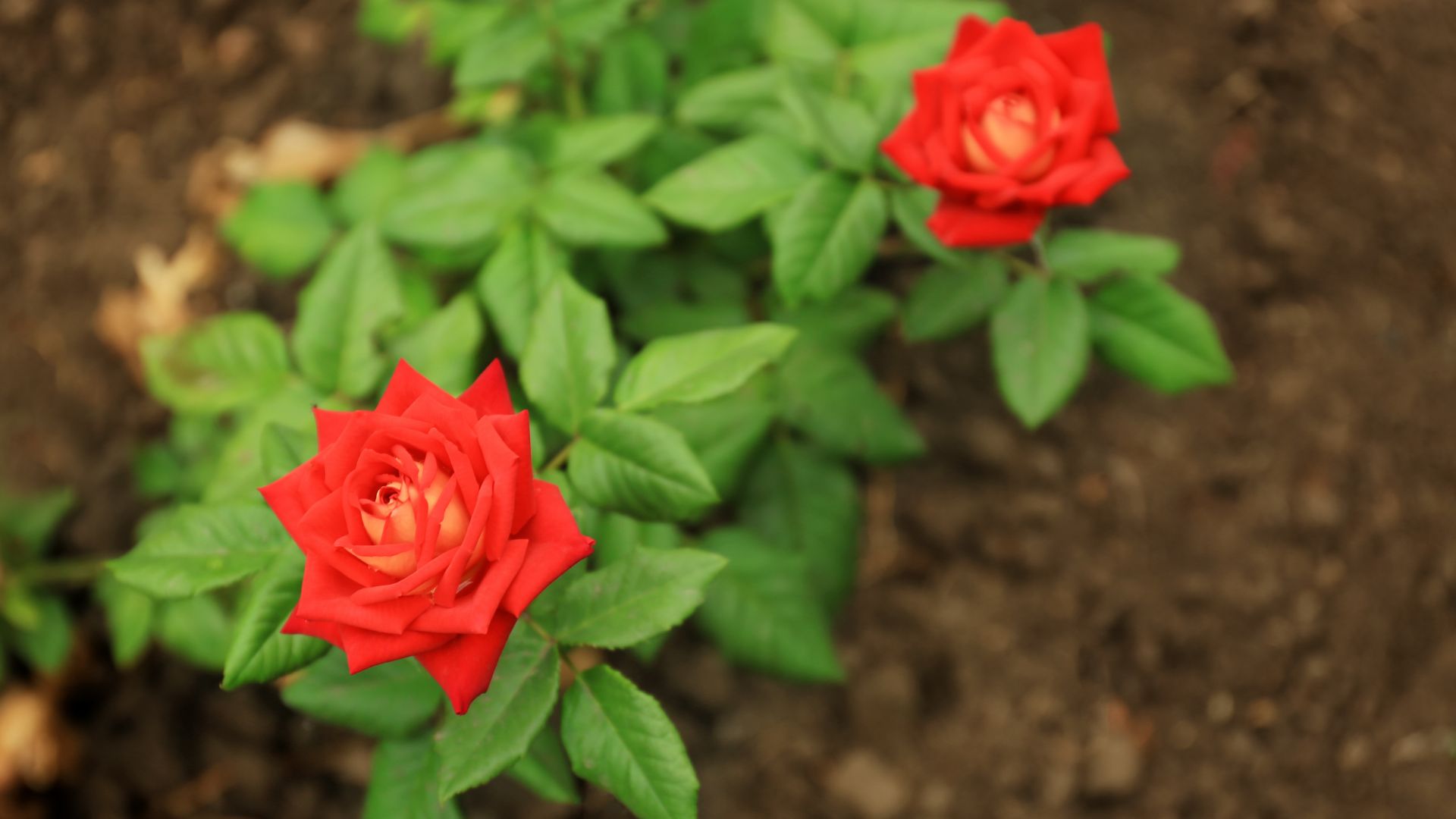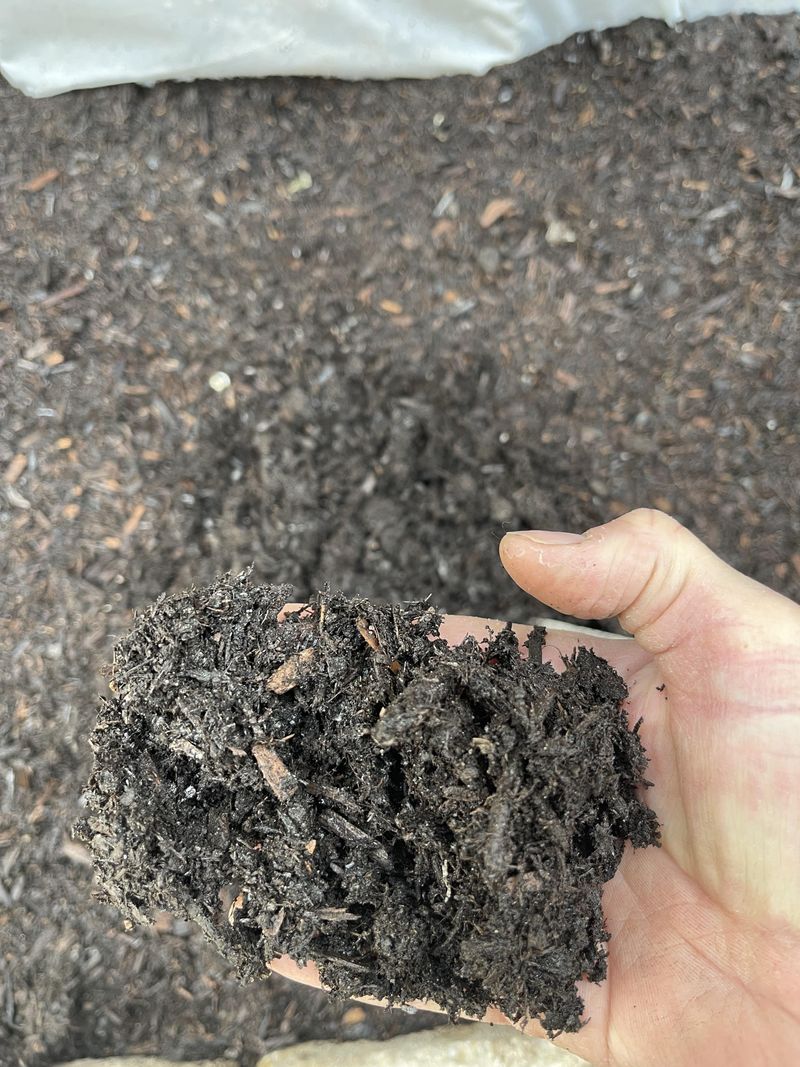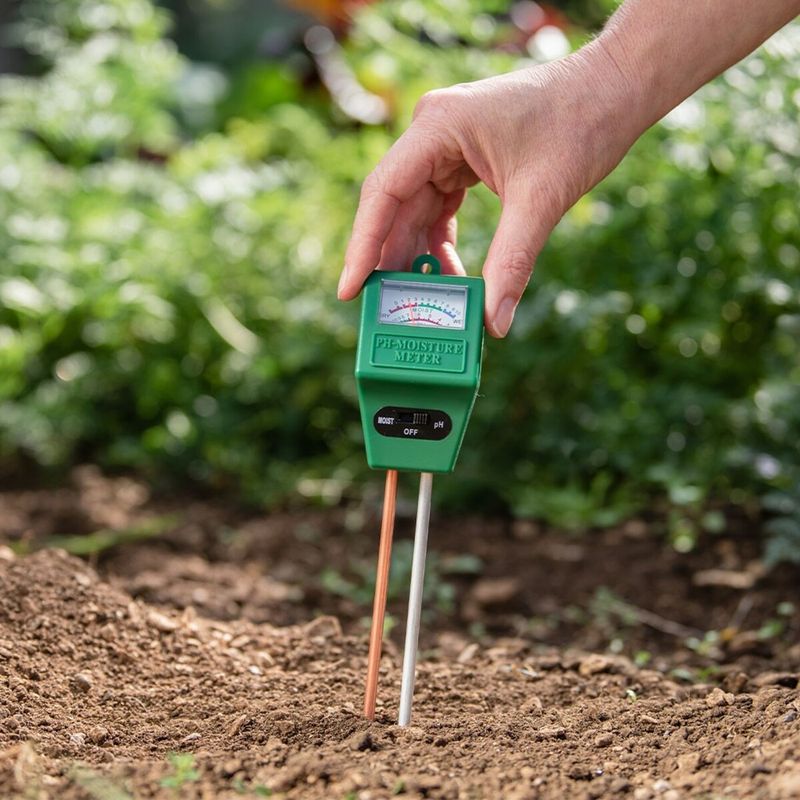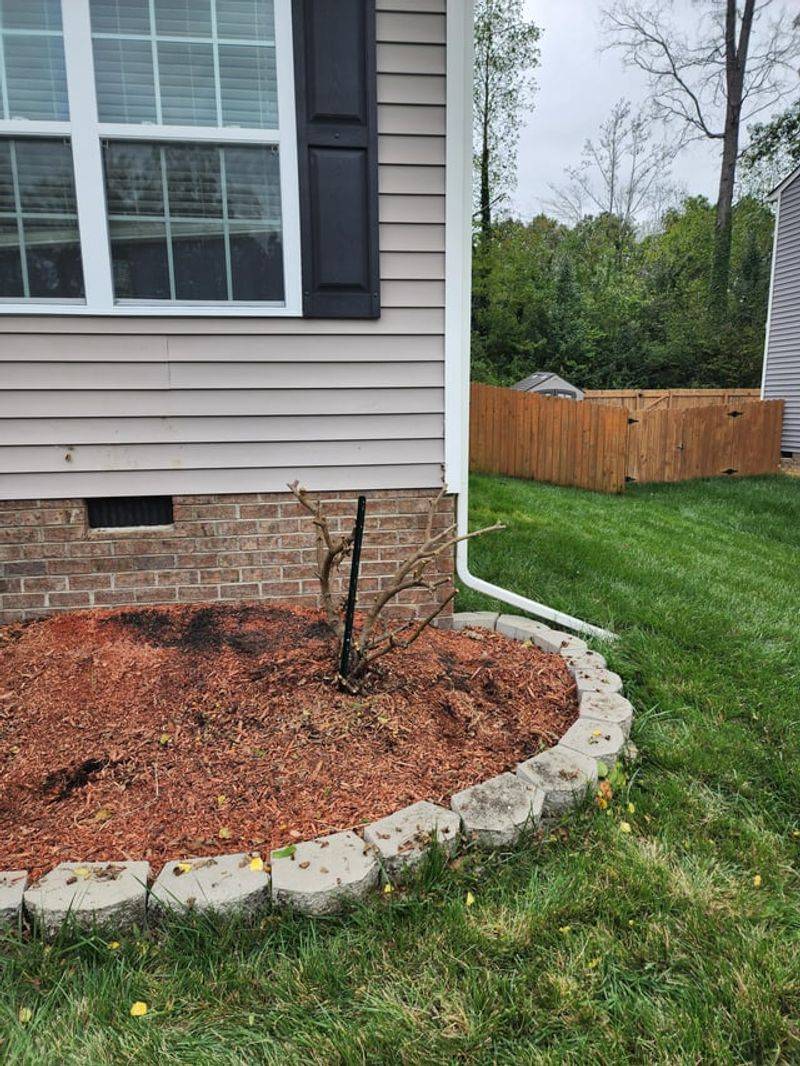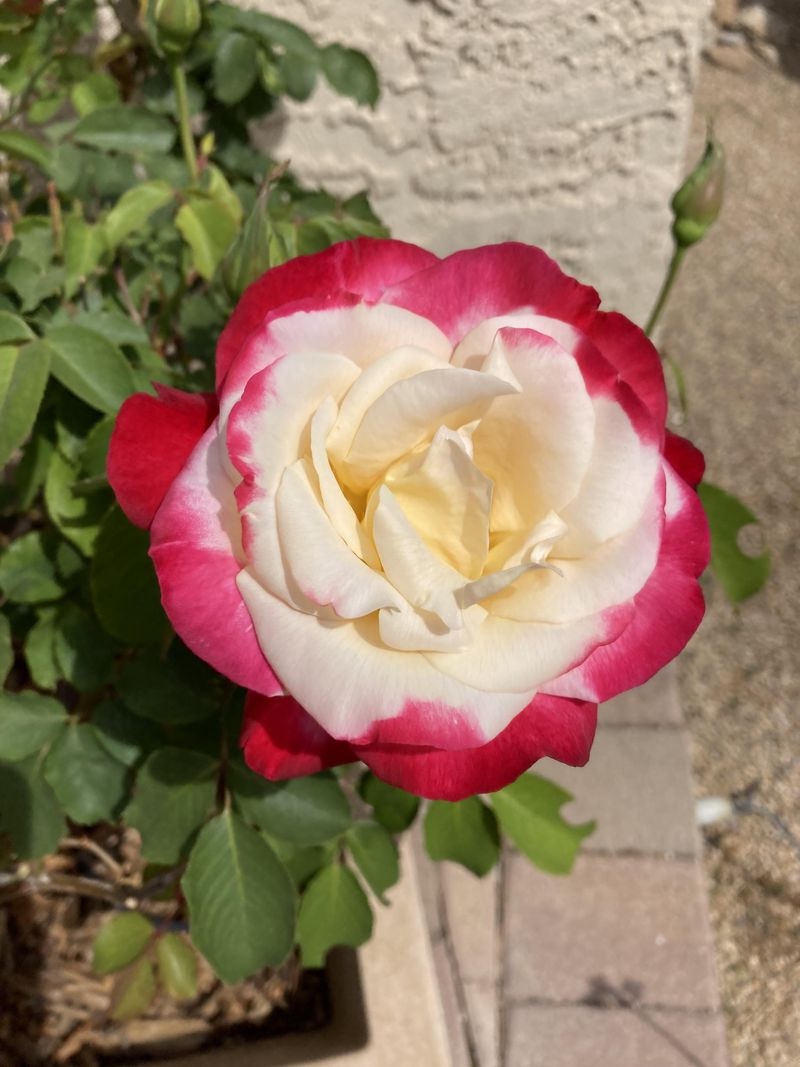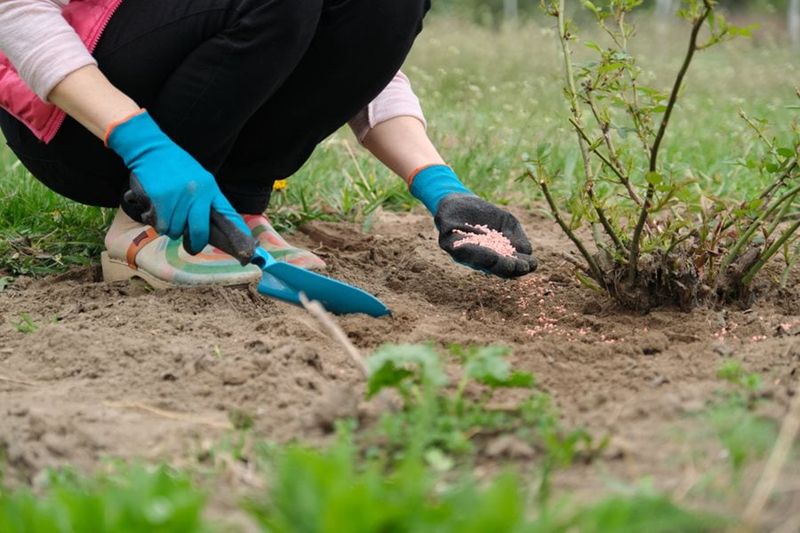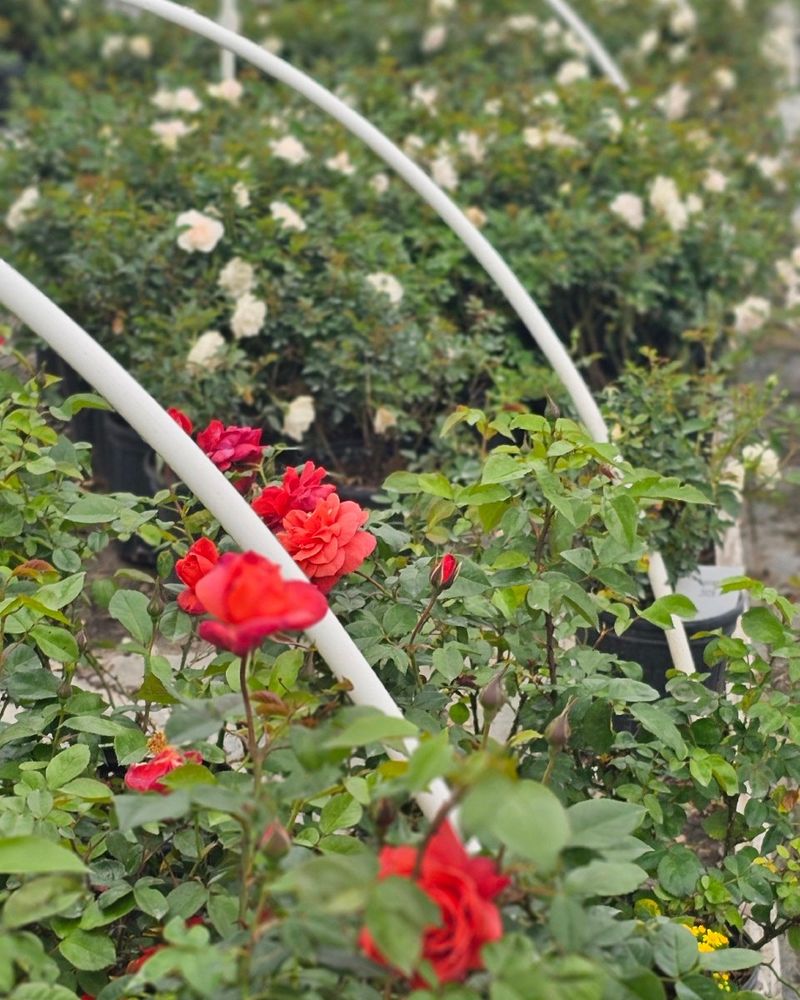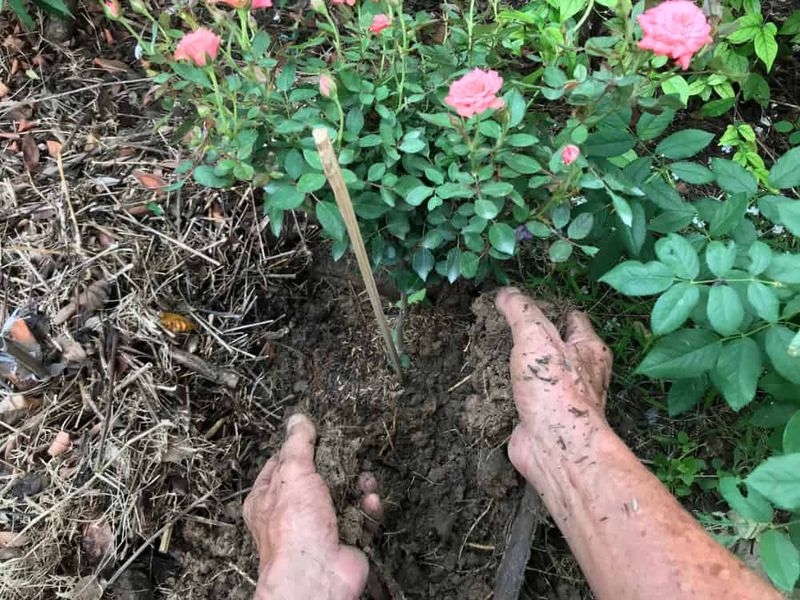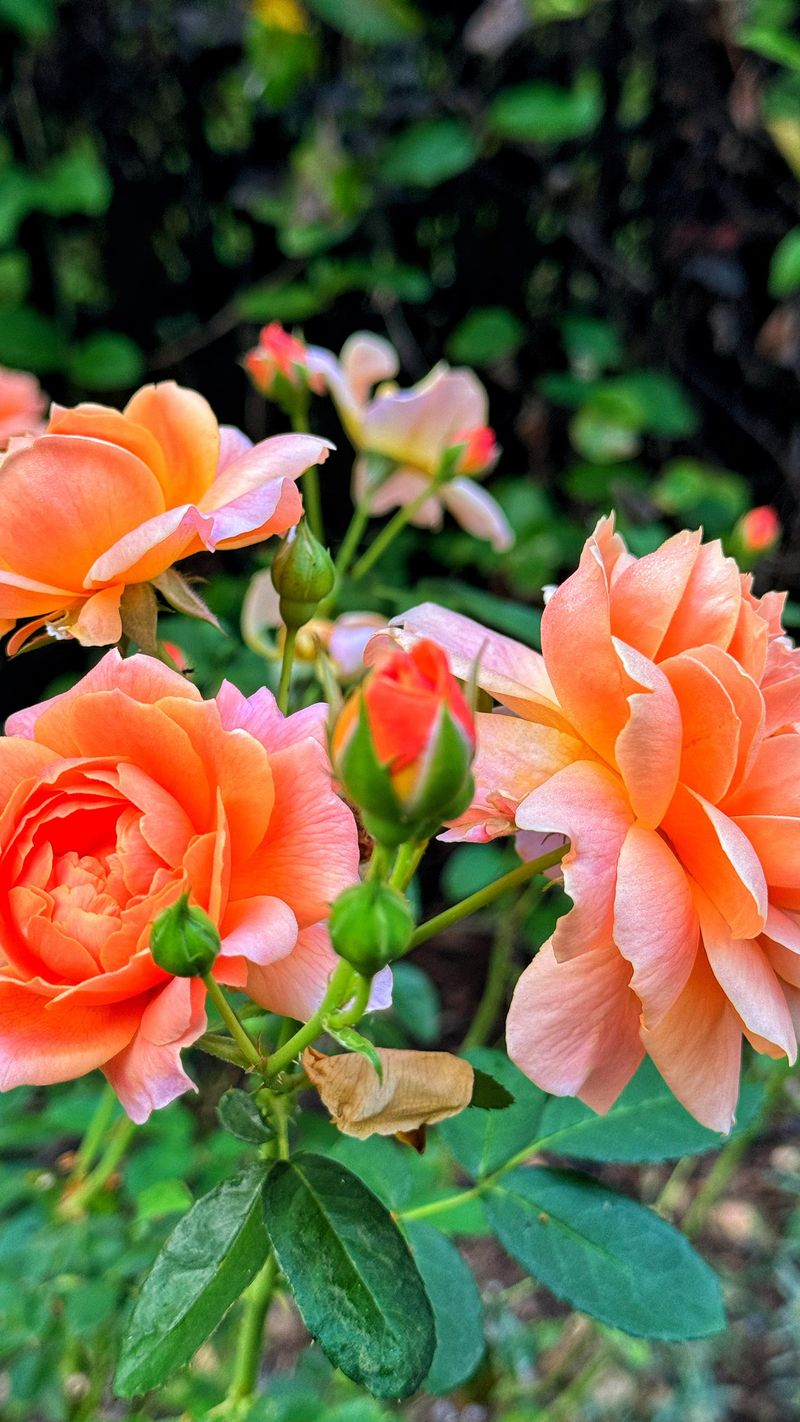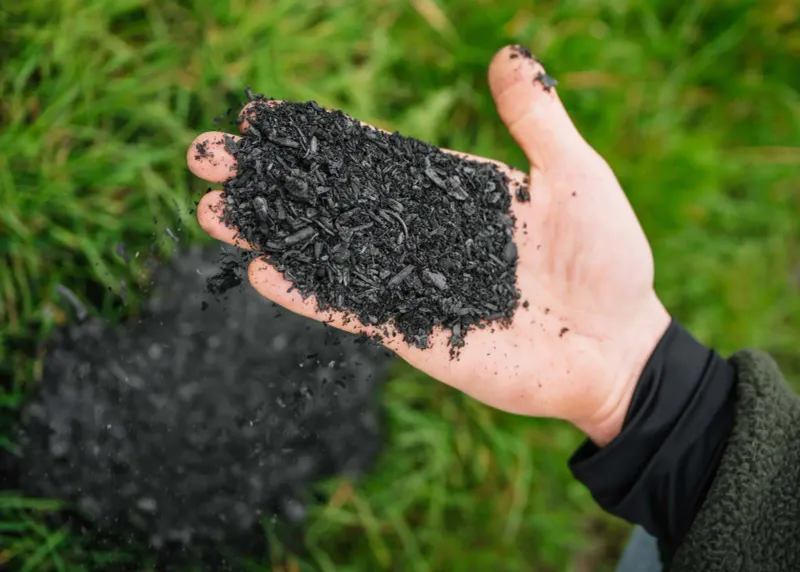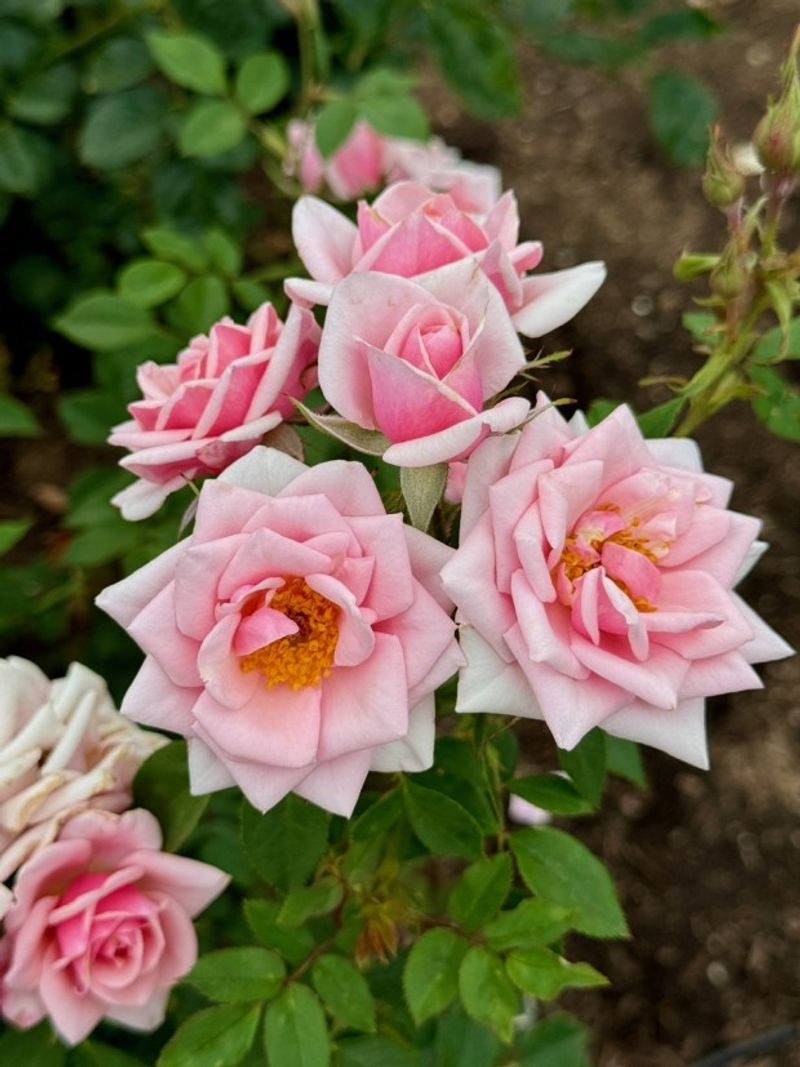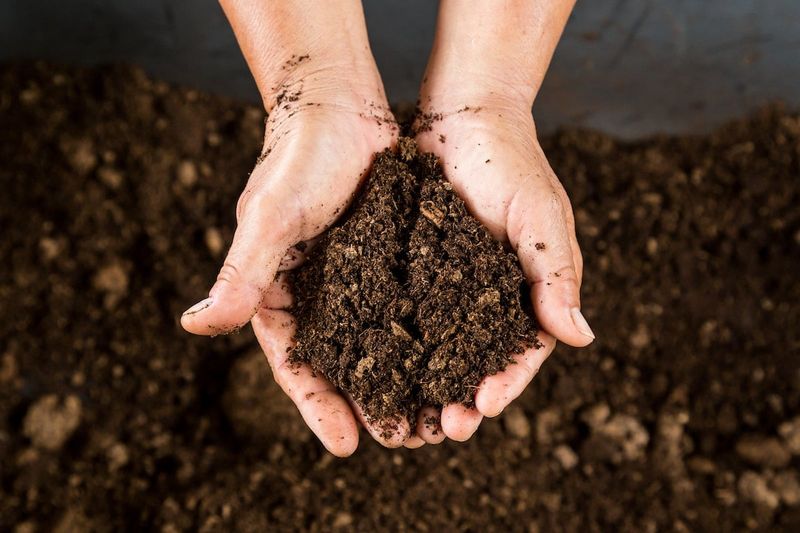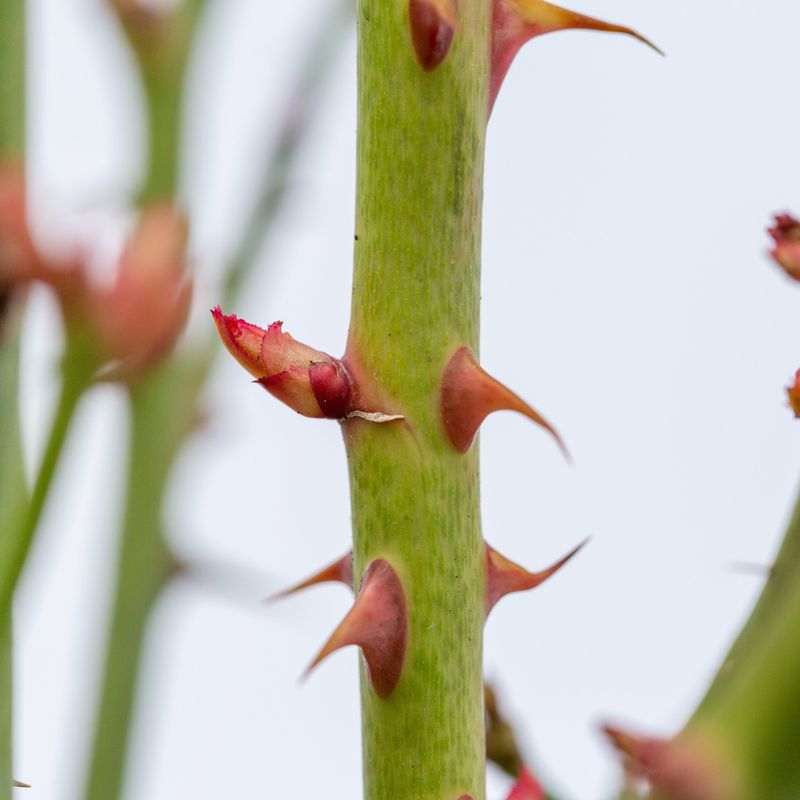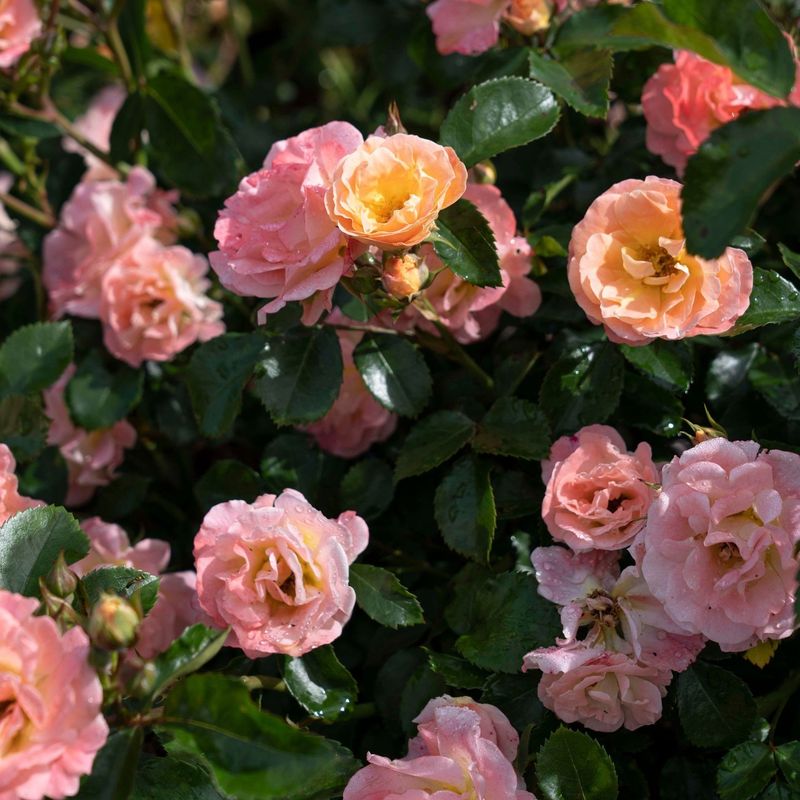Growing roses can feel like both an art and a bit of a science—but don’t worry, you don’t need a degree in horticulture to get it right. The real magic often starts underground.
If your soil isn’t in good shape, even the most beautiful rose varieties will struggle to thrive. The good news? A few simple changes can make a world of difference. These tips will help you build the kind of soil roses actually want to grow in.
And just to keep things honest, I’ll also point out some common habits that sound helpful but might actually do more harm than good.
1. Compost Addition
Compost is a gardener’s best friend when it comes to enriching the soil. By adding organic matter like compost, you improve soil structure and fertility.
This not only supports plant growth but also enhances moisture retention and drainage. Incorporating compost into soil before planting roses is a smart move. It adds essential nutrients and supports the growth of beneficial microorganisms.
To get the best results, blend compost into the soil evenly and regularly. Keep in mind, a well-fed rose is a happy rose, bursting with blooms and vitality.
2. Correct PH Level
Checking the soil’s pH level is crucial for rose health. Roses prefer slightly acidic soil, with a pH between 6.0 to 6.8. Use a pH meter or test kit to measure your soil’s acidity.
Adjusting the pH can be done by adding lime to raise it or sulfur to lower it. This creates an optimal environment for nutrient absorption.
Maintaining the right pH level ensures that your roses are able to access the nutrients they need without any hindrance, leading to healthier plants and more abundant blooms.
3. Mulching
This is a simple yet effective way to preserve soil moisture and regulate temperature. By covering the soil with organic materials like wood chips or straw, you prevent weed growth and reduce water evaporation.
For roses, mulch acts as an insulating layer, protecting roots from extreme temperatures. It also breaks down over time, adding organic matter to the soil.
Use a layer about 2-4 inches thick around your rose bushes, ensuring it’s not packed against the stems to avoid rot.
4. Adequate Drainage
Roses dislike wet feet, so ensuring proper drainage is essential. Poor drainage leads to root rot and other fungal diseases.
If your garden soil tends to hold water, consider raising the bed or creating drainage channels. Amend heavy soils with sand or organic matter to improve its structure and drainage capacity.
Thoughtful planning and preparation can prevent waterlogging issues, allowing roses to thrive. Remember, well-drained soil promotes healthier root systems and, ultimately, more vibrant blooms.
5. Organic Fertilizers
Feeding roses with organic fertilizers is a gentle way to nourish them. Unlike synthetic options, organic fertilizers release nutrients slowly, providing a steady supply.
This method supports microbial life in the soil, contributing to a healthier ecosystem. Common choices include bone meal, fish emulsion, or well-rotted manure. Apply these in accordance with package instructions and your roses’ needs.
Remember to water thoroughly after application to help nutrients reach the roots. Treated well, roses reward gardeners with abundant flowers and lush growth.
6. Avoid Chemical Overuse
While it might seem like a quick fix, overusing chemical fertilizers can harm your soil and plants. These products can lead to nutrient imbalances and reduce soil fertility over time.
Instead, focus on balanced nutrition and soil health. Organic options and natural remedies often provide more sustainable results. Building healthy soil with compost and organic matter encourages a thriving ecosystem.
Remember, patience and persistence in natural methods can yield vibrant, robust roses without the downsides of chemicals.
7. Proper Watering Techniques
Watering roses correctly is fundamental. Overwatering or underwatering can stress plants. Drip irrigation is an efficient method, delivering water directly to the roots and minimizing evaporation.
Water early in the day to allow leaves to dry, reducing disease risk. Adjust your watering schedule based on weather and soil conditions; roses typically prefer deep, infrequent watering.
By keeping moisture levels consistent, you support healthy growth and prevent stress-induced issues such as wilting or fungal infections.
8. Green Manures And Cover Crops
Green manures, like clover or vetch, are planted to improve soil fertility. These cover crops fix nitrogen, enhancing nutrient levels naturally.
In the rose garden, they can be turned into the soil to add organic matter and improve structure. By covering bare soil, they also prevent erosion and suppress weeds.
Use them in the off-season for best results. Incorporating green manures into your gardening routine is a sustainable practice that supports healthy, bloom-filled roses.
9. Soil Aeration
Compacted soil restricts root growth and limits oxygen. Regular aeration helps break up compacted layers, improving air and water flow. This encourages healthier root systems and stronger plants.
Hand aerators or garden forks can be used to gently loosen soil around roses. Be careful to avoid damaging roots.
Aerating in spring or fall allows roots to expand, leading to more vigorous growth. For roses, well-aerated soil is a key to unlocking fuller, more vibrant blooms.
10. Biochar Addition
Adding biochar to soil is an age-old practice that improves fertility and structure. This form of charcoal enhances nutrient retention and supports microbial life. It’s particularly beneficial in sandy or depleted soils.
Apply biochar by mixing it into the topsoil or incorporating it into compost piles. The porous nature of biochar holds moisture and nutrients, creating an ideal environment for rose roots.
It’s a sustainable solution for gardeners seeking long-term soil health benefits.
11. Skip Excessive Tilting
While tilling can prepare soil for planting, excessive tilling disrupts soil structure and organisms. It can lead to erosion and loss of organic matter, affecting soil health over time.
For roses, minimal tilling is often best. Instead, focus on adding organic matter to improve soil from the top down.
This method protects the natural ecosystem within the soil. Remember, less can be more when it comes to managing your rose garden’s soil health.
12. Beneficial Soil Microbes
Healthy soil teems with beneficial microbes that aid nutrient absorption and disease resistance. Encouraging these organisms can transform tired soil into a thriving environment.
Compost teas or microbial inoculants can boost microbe populations around rose roots. Keeping the soil moist and enriched with organic matter also supports their growth.
By fostering a rich microbial community, your roses will have the support they need for robust growth and bloom production.
13. Skip Peat Moss
Peat moss has been a popular soil amendment, but it’s not ideal for roses. It offers little nutritional value and can lead to water retention issues. Moreover, peat extraction harms natural habitats.
Instead, consider alternatives like compost or coconut coir, which provide better benefits without environmental downsides. These options support healthy soil structure and fertility.
For rose enthusiasts, skipping peat moss in favor of eco-friendly options can lead to better results both in the garden and for the planet.
14. Timing And Seasonality
Timing is everything when it comes to soil amendments. Applying fertilizers or soil enhancers during the right season maximizes their effectiveness. For roses, early spring is ideal for most amendments.
This timing aligns with their growth cycle, ensuring they have the nutrients they need as they awaken from dormancy.
Understanding seasonal patterns and rose biology helps in making informed decisions about soil care. A little planning can make a big difference in your roses’ health and blooming potential.
15. Testing And Monitoring
Regular soil testing is a proactive way to understand its condition and needs. By assessing nutrient levels and pH, you tailor amendments effectively.
Testing kits or professional services can provide a detailed analysis. Based on results, adjust fertilizers and pH modifiers to optimize soil health.
Monitoring these aspects over time helps track improvements and catch issues early. For dedicated gardeners, this approach ensures roses are planted in ideal conditions, leading to consistent and beautiful blooms.
16. Root-Friendly Groundcovers
Groundcovers provide a living mulch, protecting soil and retaining moisture. Low-growing plants like thyme or clover work well around roses, offering shade and reducing weeds.
These covers also improve soil structure over time, as their roots create channels for air and water. Choose groundcovers that complement your roses without competing for nutrients.
Integrating them into your garden adds beauty and supports a healthy, balanced ecosystem. Friends of roses, groundcovers contribute to a flourishing, bloom-filled garden season after season.

